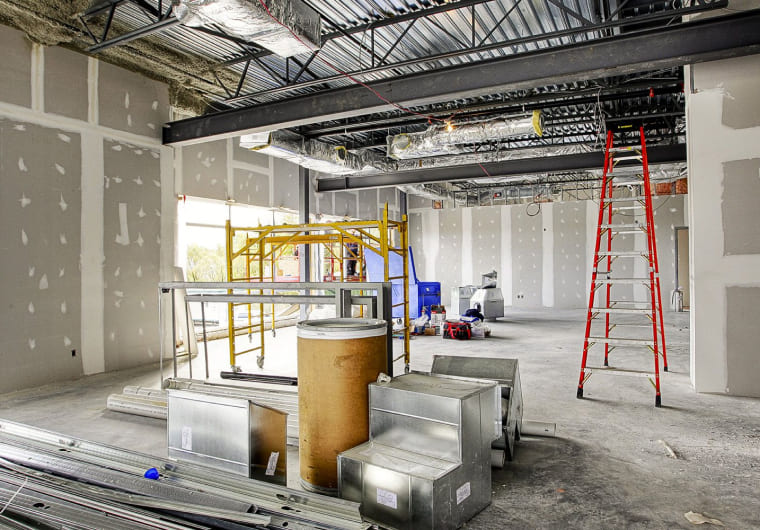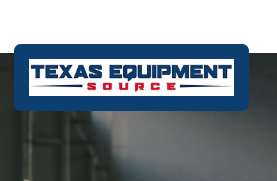When planning to invest in a commercial property, one of the biggest questions business owners face is whether it’s cheaper to buy an existing building or build one from the ground up. The answer depends on several factors such as location, construction material costs, land prices, and customization needs. Both options have their financial advantages and potential drawbacks, which should be carefully evaluated before making a decision.
In this blog, we’ll break down the costs, benefits, and challenges of both buying and building commercial spaces, helping you make an informed choice for your business.
Understanding the Costs of Buying a Commercial Building
Buying an existing commercial property often seems like the faster and simpler choice. It allows business owners to move in and start operations quickly. However, the total cost of purchasing a ready-made building depends on various aspects such as age, location, design, and maintenance condition.
The average cost of buying a commercial building in the U.S. can range between $150 to $400 per square foot, depending on the market. In metropolitan areas or prime business districts, prices can exceed this range due to high demand and limited availability of property.
Another important cost consideration is renovation. Most pre-built properties require updates or repairs to meet current business needs. These can include structural upgrades, new HVAC systems, accessibility improvements, or aesthetic renovations—all of which add to the overall investment.
The Cost of Building a Commercial Property
Building a new commercial structure gives you full control over design, layout, and functionality. It allows customization to match specific business requirements, energy efficiency goals, and brand identity. However, new construction usually involves higher upfront costs and a longer completion timeline.
As of 2025, the average cost to build a commercial building in the U.S. typically ranges from $250 to $600 per square foot. This includes materials, labor, permits, and site preparation. Factors like design complexity, local construction rates, and the size of the project can affect total costs significantly.
For instance, a basic warehouse might cost around $200 per square foot, while a high-end retail space or office building with modern finishes could reach $600 or more per square foot.
If you’re based in Texas or nearby areas, you can find local experts who specialize in Commercial Remodeling Services in Austin, TX to help evaluate construction costs or assist with upgrades to existing properties. Working with professionals ensures you get accurate estimates and cost-saving guidance tailored to your location and goals.
Pros and Cons: Buying vs. Building
Buying an Existing Building
-
Pros:
-
Quicker move-in time.
-
Easier financing and simpler approvals.
-
Located in established areas with existing infrastructure.
-
-
Cons:
-
Limited customization options.
-
Possible hidden repair or maintenance costs.
-
Older buildings may not meet modern energy or safety standards.
-
Building a New Commercial Property
-
Pros:
-
Custom design to fit your business perfectly.
-
New materials mean fewer repairs in early years.
-
Better energy efficiency and sustainability.
-
-
Cons:
-
Higher initial costs.
-
Longer project timelines.
-
Requires land purchase and additional permits.
-
Cost Comparison Example
Let’s say you want a 5,000 sq. ft. office building.
-
Buying an existing space: $200–$350 per sq. ft. = $1,000,000–$1,750,000.
-
Building new: $300–$500 per sq. ft. = $1,500,000–$2,500,000.
At first glance, buying seems cheaper. However, if the purchased building needs renovations worth $500,000 or more, the overall cost difference narrows. Additionally, a newly built structure often comes with lower maintenance expenses and better long-term value, making it more cost-effective over time.
Additional Factors to Consider
-
Location and Land Prices
Land cost varies widely depending on the city or neighborhood. Building in a prime area can cost more due to high land demand, while buying in such areas may offer limited options. -
Financing and Interest Rates
Lenders may offer different terms for construction loans versus property purchases. Comparing loan types and interest rates can influence your total project cost. -
Future Flexibility
A newly built building offers greater design flexibility for future expansions. Purchased buildings might limit your ability to adapt to changing business needs. -
Market Conditions
During a strong seller’s market, buying can be expensive. In contrast, when construction material costs rise, building may not be the cheaper option. Assessing current trends is key to deciding wisely.
Insight from Industry Professionals
Industry experts often recommend evaluating the long-term financial impact rather than just initial costs. A new building might demand higher investment upfront but can offer better operational efficiency and sustainability benefits. In contrast, a well-located existing property may yield quicker returns due to faster occupancy and established amenities.
At this point, it’s important to partner with reliable professionals who can guide you through design, cost evaluation, and project execution. Many businesses in Texas prefer working with ACE Remodeling TX, known for their quality craftsmanship and transparent process. They have helped numerous clients balance cost and quality through well-planned commercial construction and remodeling solutions. Their experience in managing complex projects makes them a trusted choice for businesses aiming to make informed real estate investments.
Long-Term Maintenance and Value
Maintenance is another critical part of the decision-making process. Older buildings often require more repairs, which add recurring costs. Newly built structures, on the other hand, generally have lower maintenance needs for the first few years.
However, for businesses that already own property, upgrading through Commercial Remodeling Services in Austin, TX can be a cost-efficient middle ground. Remodeling allows you to modernize your space, enhance functionality, and extend your property’s lifespan—without the high cost of new construction.
Conclusion
So, is it cheaper to buy or build a commercial building?
There’s no single answer—it depends on your business goals, timeline, and location. Buying can be more affordable upfront, especially when you find a well-maintained property. Building, however, gives you total control over design, efficiency, and long-term durability.
If you’re planning your next commercial project, consider consulting local experts and comparing detailed cost estimates before making a final decision. The right choice will balance your financial goals with your vision for growth, ensuring your investment adds long-term value to your business.







0 Comments